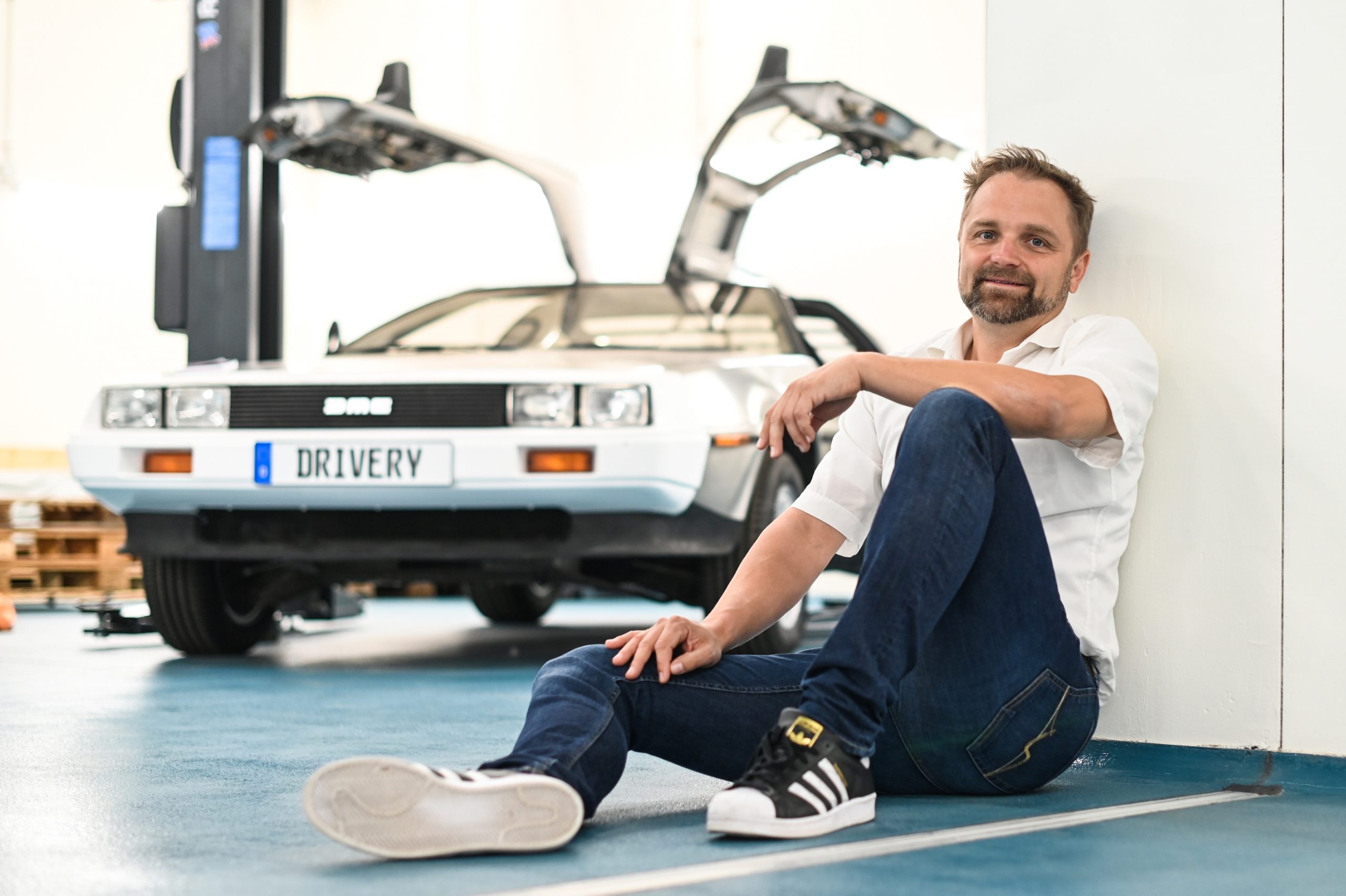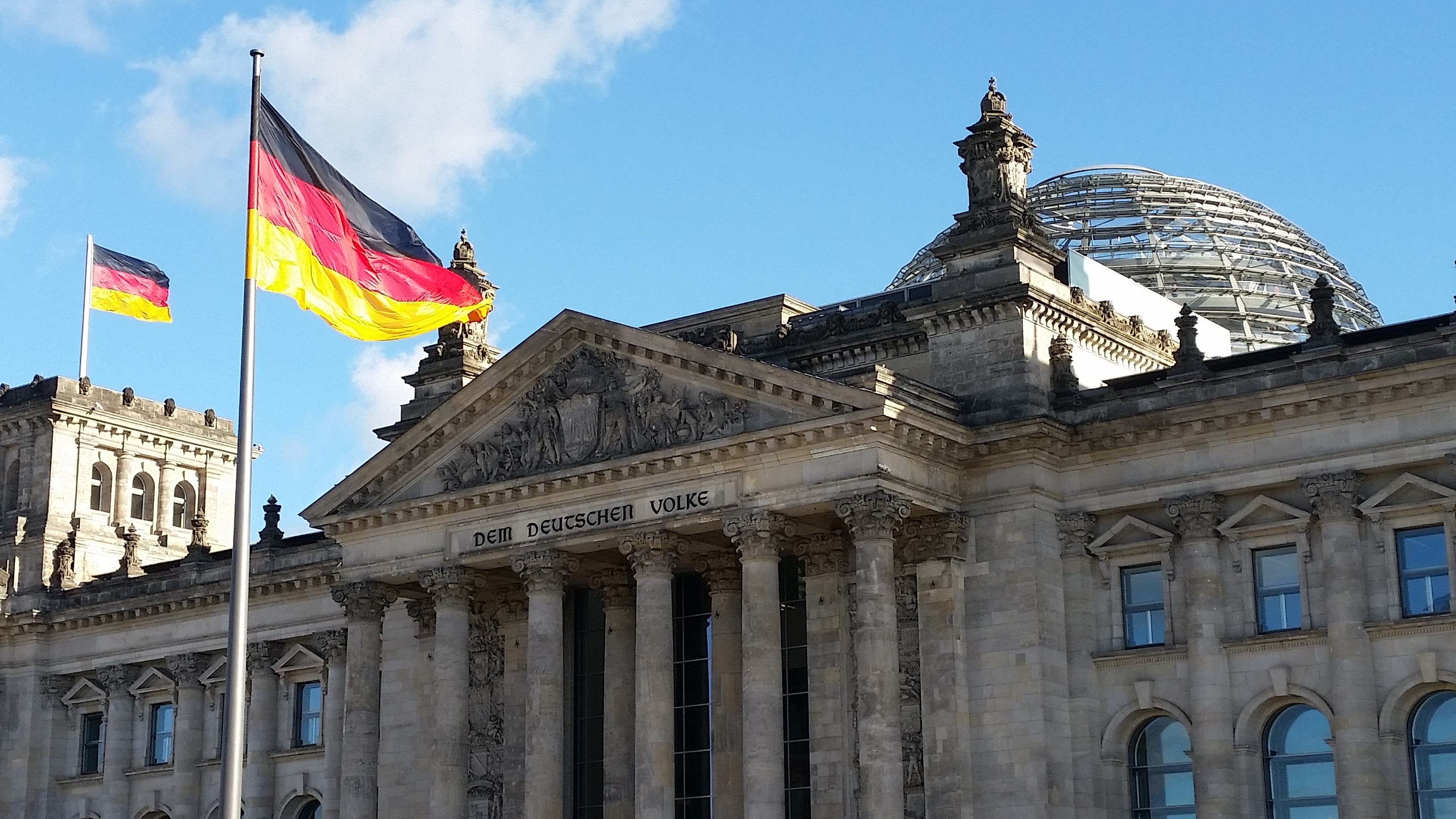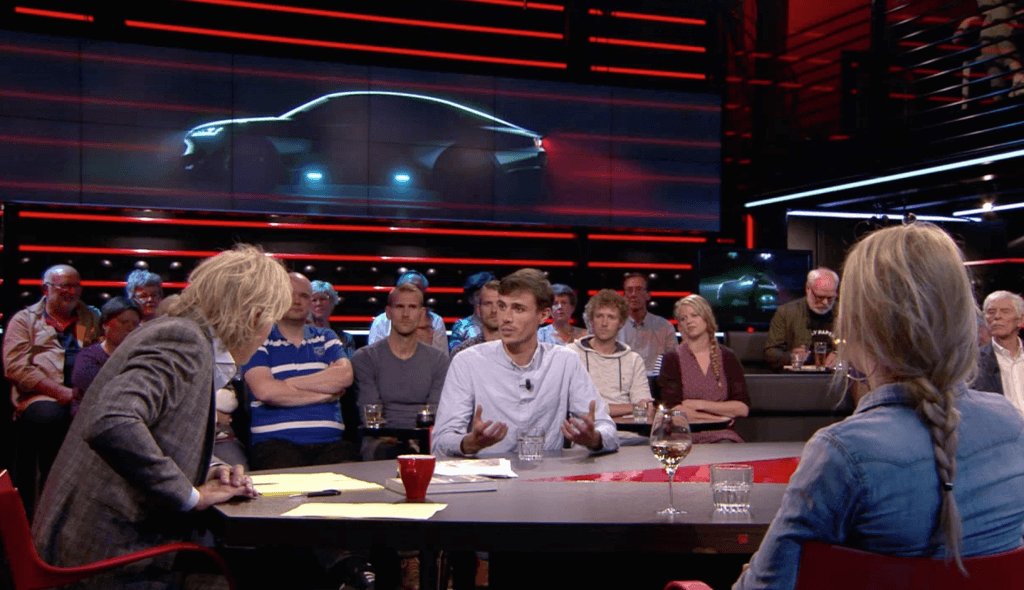
One central place where companies and self-employed people from the mobility sector can inspire and motivate each other in developing concepts for the future. Plus, a place where investors can see at a glance what Berlin has to offer in terms of start-ups in this field. This was Timon Rupp’s idea behind his company The Drivery when he started renting out the first studios in the Ullsteinhaus building on Tempelhofer Hafen in Berlin, Germany just over a year ago.

It proved to be a success. Most of the 30 studios have been rented out, according to Rupp. About 80 companies have signed up. The Drivery has over 500 members. Still, it’s awfully quiet in the corridors of the Ullsteinhaus now as well. The Drivery has more than 10,000 m2 at its disposal, divided over several floors in this gigantic building. Normally it is crowded everywhere, but now silence reigns supreme.
An empty canteen. No hackathons or frenetic discussions about hydrogen cars and magnetic railway tracks. Just a relatively small number of people behind computers along with the engineers from the Enway company working on their autonomous electric sweepers for city cleaning.
10,000 square meters of space
The Drivery started renting out offices and other workspaces to innovative companies in the mobility sector back in March 2019. These are mainly young start-up companies like The Drivery itself. But the Ullsteinhaus also houses innovative departments run by large technology companies such as Siemens, Honda and Hella. A total of 80 companies have now joined, spread over 10,000 m2 of office space, production halls, recreation rooms and a conference room. The largest company in terms of employees is REE Technology.
“It’s just like everywhere else in society. A lot of work is done at home thanks to corona,” Rupp explains. He’s not really worried about his regular tenants. The investors behind The Drivery, such as lighting manufacturer Hella, haven’t withdrawn either. But the recently vacated space in the building did inspire him to come up with a new idea.
The Buster program

Why not offer part of the vacant space to start-ups that are really struggling financially due to the corona crisis? Rupp: “We haven’t had any start-ups in the building yet, but that’s the case for plenty of other start-ups in Berlin. Our idea is to give those companies a helping hand.”
That’s why Rupp created “the Buster Program” a month ago. It offers free workplaces for a temporary period of two months. “The condition is that it is a start-up or self-employed person from the mobility sector who is demonstrably short on funds.” It’s a kind of a push in the right direction, says Rupp, and is by no means just a free workplace. “Much more important is our knowledge cluster that start-ups can benefit from.”
In the meantime, three start-ups have signed up, Rupp says. The Drivery provides a total of 3 studios (max. 20 people) for the program which normally costs about €3000 per month. In addition, about 200 flexible workspaces have been created. This is supported by the investors backing The Drivery. But the Berlin Senate has also already expressed an interest. And may want to support the concept more broadly. ” This way, we hope to come out of this crisis stronger as a cluster. ”
An historic building
The Ullsteinhaus is not just any building. Up until 1957 it was the tallest office building in Germany. It was built as the headquarters and printing office of the Jewish family Ullstein, one of the largest publishers before the Second World War. In 1934 they were forced to sell it for peanuts to the Nazis who renamed it the “Deutsches Haus” (“German House”). The family fled Germany, but regained possession of the Ullsteinhaus after the war in 1952. In 1960 they sold most of the property to another family of publishers, Axel Springer. Springer remained one of the main tenants for a long time. Nevertheless, the property soon passed into the hands of real estate investors.
From the 1980s onwards, the character of the property changed more and more with the arrival of various small companies and fashion shops. An extension built was also built.  In 2015 there was a major coup by the Samwer brothers (Oliver, Marc and Alexander) when they took over the building for an unknown amount from real estate investor Becker & Kries. Since then, more and more start-ups have moved into the building, including The Drivery.
In 2015 there was a major coup by the Samwer brothers (Oliver, Marc and Alexander) when they took over the building for an unknown amount from real estate investor Becker & Kries. Since then, more and more start-ups have moved into the building, including The Drivery.
The Samwer brothers have made a name for themselves in recent years with their investment company Rocket Internet and successful companies such as Zalando, Home24 and Hello Fresh. What is less well known is that they are also major real estate investors. Apart from the Ullsteinhaus, they own, among others, the Admiralspalast (a theater) and the old Berlin power station once owned by the chemical group Bayer. An article in the German magazine Der Spiegel last year reported that they own real estate in Berlin worth at least €150 million plus a number of other properties. The exact size of their real estate portfolio is unknown.
You can read more IO articles about start-ups here.








